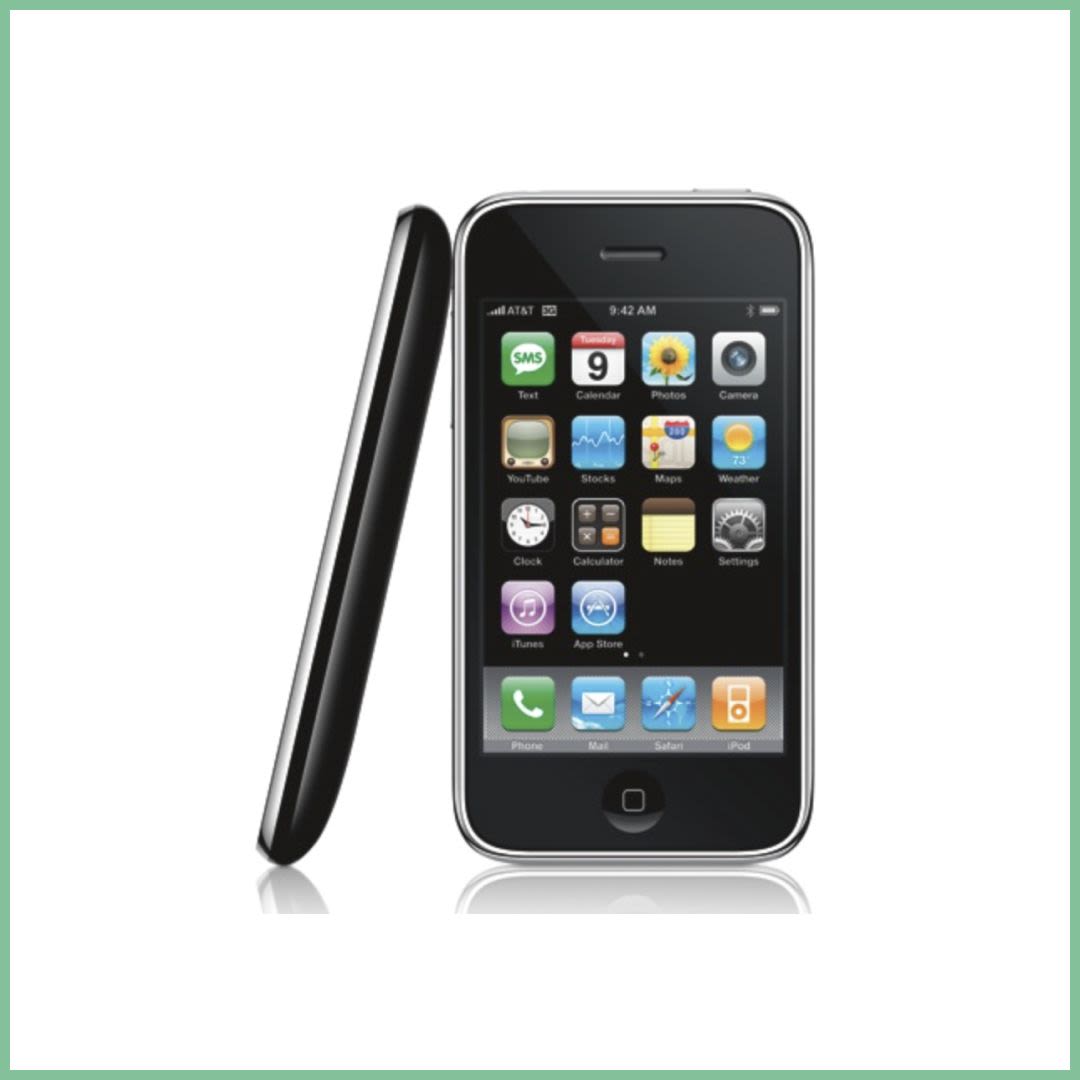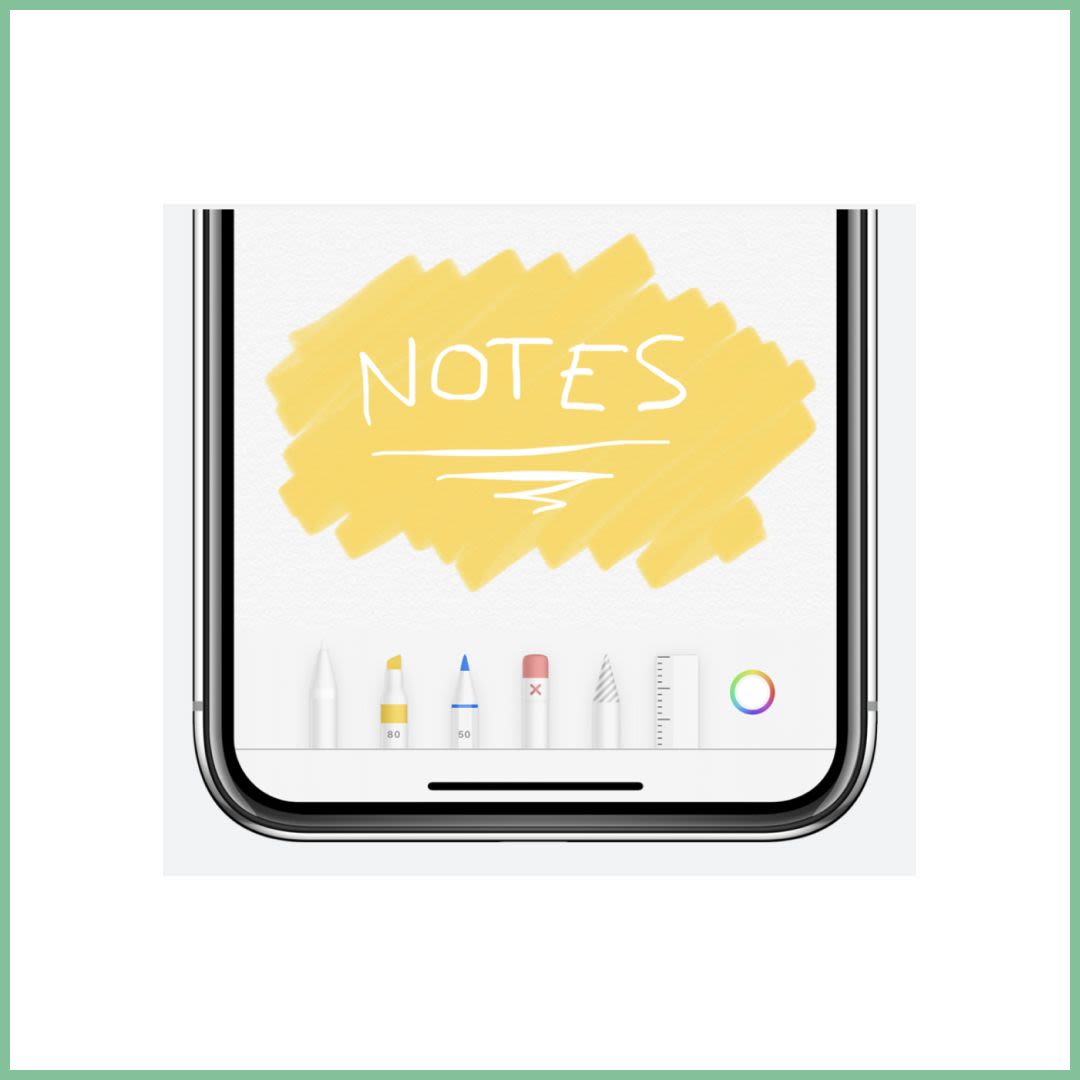Related posts.
Becky's top 5 tools to use as a digital designer
The design world is a fast paced one and there are always new technologies out there but it's always good to know what tools others are using to help them or inspire their work. Our designer Becky shares her current top 5 tools that help or inspire her ✌️.
Read moreDesign Trends - Interactive Design
In our first blog post of this 4 part series we covered one of the original ‘isms’ with Skeuomorphism, and now we’re moving into more modern trends with a look at Interactive design. What is Interactive Design and how can it work for you?
Read moreDesign Trends - Claymorphism
What is Claymorphism and how can you create the look? In this 4 part series, we have previously covered Skeuomorphism and Interactive design, and now we're going to look at another modern trend, another 'ism' Claymorphism. If you've not read this series's two previous blog posts, why not check them out? If not, here's a brief run-through of these trends and how we got here.
Read more





